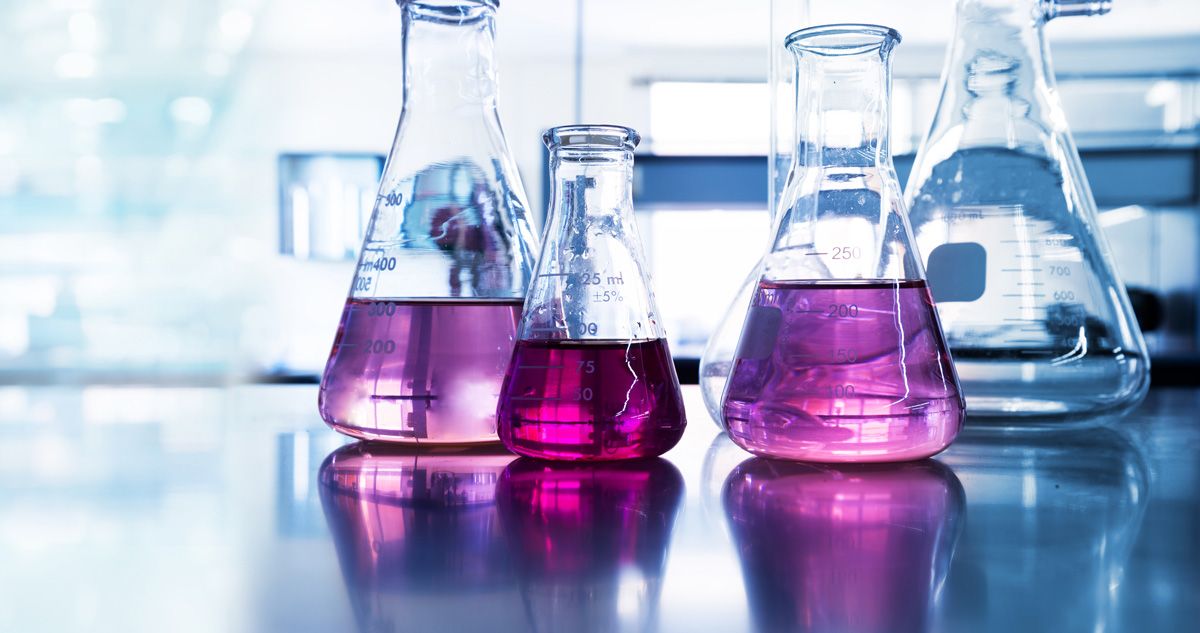-
Structural formula
R-NH₂
Remove amines from exhaust airAmine aus Abluft entfernen
What are Amines?
Amines are organic compounds characterised by one or more amino groups (-NH₂). They play an important role in chemistry, biochemistry, and industry. Well-known amines include aniline, methylamine, and ethylamine. Amines are often indispensable as precursors for the synthesis of pharmaceuticals, plastics, dyes, and other chemical products.
Formation
Amines are formed in both natural and industrial processes. Naturally, they are produced by the breakdown of proteins in living organisms. Industrially, amines are produced by the reaction of ammonia with alcohols, aldehydes, or ketones. They are widely used in petrochemistry and the production of fertilisers and pharmaceuticals.
Detection
Amines are recognisable by their characteristic, often unpleasant odour, reminiscent of rotten fish or ammonia. These compounds are typically colourless and can cause irritation upon contact with the skin and eyes. Some amines can also cause respiratory irritation and, at high concentrations, headaches and dizziness.
Limit Values
In the UK, the limit values for amines are regulated by the Control of Substances Hazardous to Health (COSHH) regulations. The Workplace Exposure Limit (WEL) for amines ranges from 1-5 ppm (parts per million) or 2.5 – 12 mg/m³. These limits are designed to ensure that concentrations in the workplace do not cause health damage.
Dangers
Health: Amines can cause irritation and allergic reactions upon skin contact. Inhalation can irritate the respiratory tract and lead to symptoms such as coughing, breathing difficulties, headaches, and dizziness. Some amines are classified as carcinogenic and require special precautions when handling.
Environmental: Amines can harm aquatic organisms and should not be released into the environment. They can persist in waterways and soils, causing long-term ecological damage.
Economic: Due to their toxic and potentially carcinogenic properties, improper handling of amines can lead to significant economic damage, including high costs for occupational safety measures and environmental remediation.
The oxytec Purification Technology
For many organic pollutants, we offer energy-saving and clean technologies for neutralisation, which we combine in multi-stage plants. In order to achieve a reduction below the limit values, not only the dimensioning of the respective purification stage but also the sequence of the technologies is decisive, as they have different physical effects on the molecules. Below we present some of our purification modules.
CWA
Alternative Technologies
Other technologies, such as conventional activated carbon filters and simple ventilation systems, often have disadvantages like high energy consumption, limited purification performance, large space requirements, long lead times, and high investment costs.
Advantages of the oxytec Solution
- Compact Design: Requires less space compared to traditional systems.
- Quick Amortization: Due to low operating costs and high efficiency.
- Environmental Friendliness: Minimal environmental impact through innovative technologies.
- Efficient Amine Reduction: High purification rates with minimal energy consumption.
